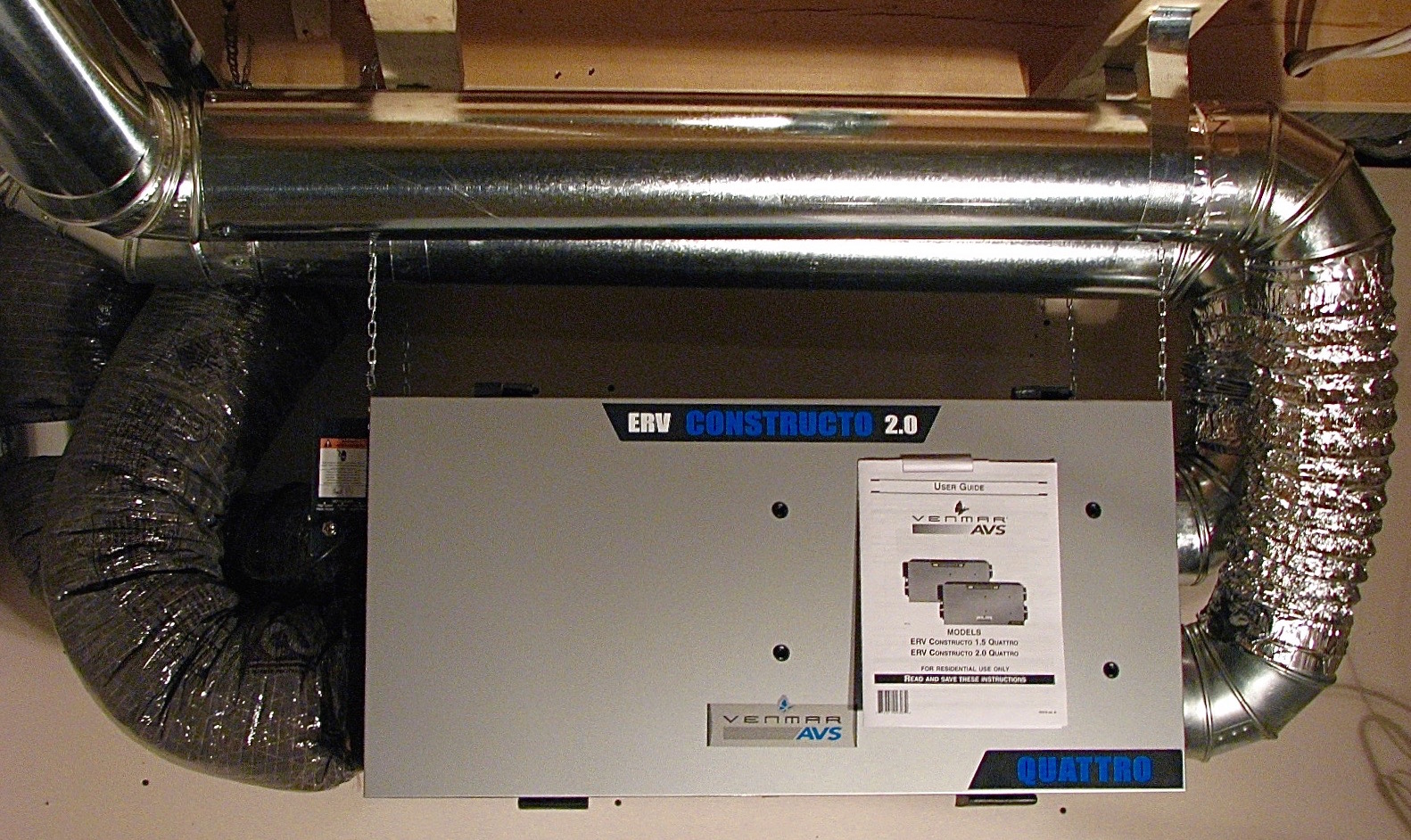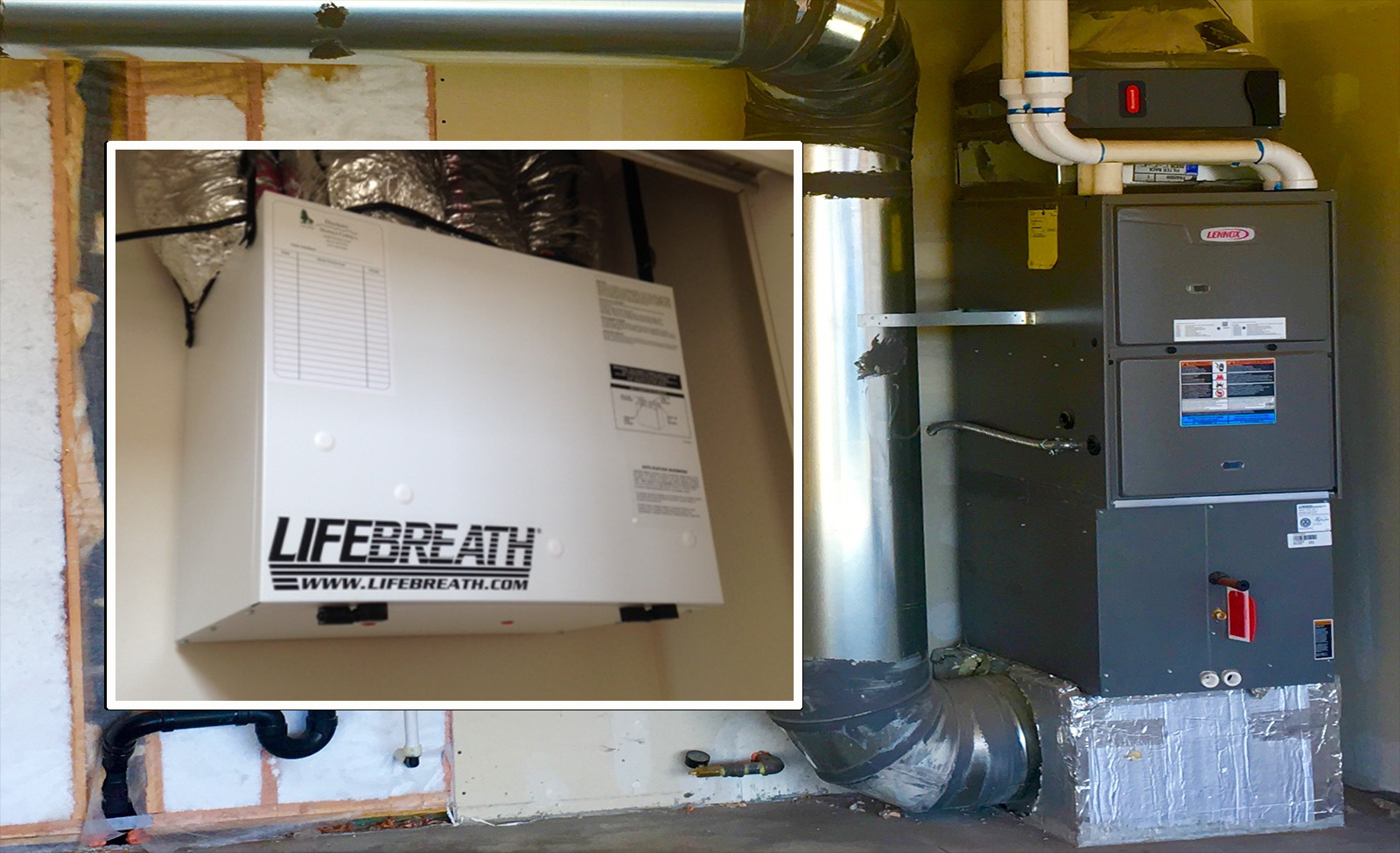Misconceptions About HRV That Homeowners Should Avoid
Wiki Article
The All-Inclusive Guide to the Uses of Heat Recovery Ventilation in Modern Buildings
Heat Recovery Ventilation (HRV) systems stand for a considerable innovation in constructing modern technology (HRV Heat Recovery Ventilation). They provide an approach for trading stale indoor air with fresh outside air while reducing energy loss. This approach not just improves indoor air quality but likewise contributes to energy efficiency in both household and industrial structures. Understanding the various applications and benefits of HRV can disclose its crucial role in modern style and sustainability initiatives. The implications of this innovation deserve discovering furtherRecognizing Heat Recovery Ventilation Solutions

Although many modern structures focus on energy performance, understanding heat healing ventilation (HRV) systems is important for optimizing interior air quality and decreasing power consumption. HRV systems function by transferring warm from stale interior air to inbound fresh air, successfully keeping comfy interior temperature levels while decreasing power loss. These systems contain a warm exchanger, followers, and ductwork that assist in the circulation of air. Throughout winter months, HRV units capture and recycle warm from the outgoing air, while in summertime, they can aid cool inbound air. By continuously exchanging air, HRV systems additionally lower moisture and the concentration of indoor pollutants. Correct setup and maintenance of HRV systems are crucial for their effectiveness and efficiency in improving total structure performance and convenience.
Benefits of Heat Recovery Ventilation
Heat recovery ventilation systems use various advantages that improve both power effectiveness and interior air quality in contemporary buildings. By recording and reusing power from exhaust air, these systems greatly decrease cooling and heating costs, causing lower energy usage. They preserve a stable flow of fresh outside air, decreasing the threat of interior air toxins and irritants. This continual exchange helps manage humidity levels, avoiding mold and mildew growth and guaranteeing a much healthier living setting. Additionally, HRV systems add to sustainability objectives by lowering general carbon impacts. Their capability to enhance ventilation without sacrificing thermal comfort makes them a valuable addition to contemporary structure layout, promoting both financial and environmental advantages.Applications of HRV in Residential Structures
As homeowners significantly prioritize energy performance and interior air top quality, the applications of warmth recovery ventilation (HRV) systems in household structures have become a lot more widespread. HRV systems are specifically helpful in securely secured homes, where keeping fresh air circulation is crucial for avoiding wetness accumulation and interior contaminants. They effectively move warm from outgoing stagnant air to inbound fresh air, lowering energy expenses connected with heating & cooling. Additionally, HRVs can boost comfort degrees by controling moisture and temperature level. They are additionally adaptable for different household layouts, including single-family homes and multi-unit structures. Generally, incorporating HRV systems supports lasting living techniques while guaranteeing a healthier indoor environment for occupants.HRV in Business and Commercial Setups
In commercial and commercial setups, the execution of heat recovery air flow (HRV) systems has become progressively critical for enhancing energy performance and maintaining air quality. These systems properly move warmth from exhaust air to incoming fresh air, decreasing the demand for additional heating or cooling. This not only reduces power expenses but also contributes to sustainability campaigns. Industries such as production, warehousing, and office complex benefit considerably from HRV systems, as they assist regulate temperature level and humidity levels, making sure a comfy and productive environment. Furthermore, HRV systems help in eliminating contaminants and excess dampness, enhancing interior air top quality. As laws around air quality come to be more stringent, the adoption of i thought about this HRV technology is most likely to grow, making it a crucial component of modern commercial and industrial facilities.Future Trends in Heat Recovery Ventilation Technology

Regularly Asked Concerns
How Does Heat Recovery Ventilation Effect Indoor Air Quality?
Heat recovery ventilation considerably enhances indoor air high quality by continuously exchanging stale indoor air with fresh outside air while recuperating power. This procedure decreases contaminants, preserves ideal humidity levels, and guarantees a much healthier environment for passengers.Can HRV Systems Be Set Up in Existing Buildings?
HRV systems can undoubtedly be installed in existing buildings. Retrofitting may need alterations to ductwork and ventilation designs, but it considerably enhances power effectiveness and Read Full Article interior air top quality, making it a sensible choice for older frameworks.What Maintenance Is Required for HRV Equipments?

Exist Details Climates Where HRV Is A Lot More Efficient?
Heat recovery ventilation systems are specifically reliable in climates with substantial temperature level distinctions between periods. These systems optimize power performance by recuperating warmth from exhaust air, making them excellent for both chilly and moderately cozy atmospheres.How Do HRV Systems Affect Energy Bills?

Report this wiki page